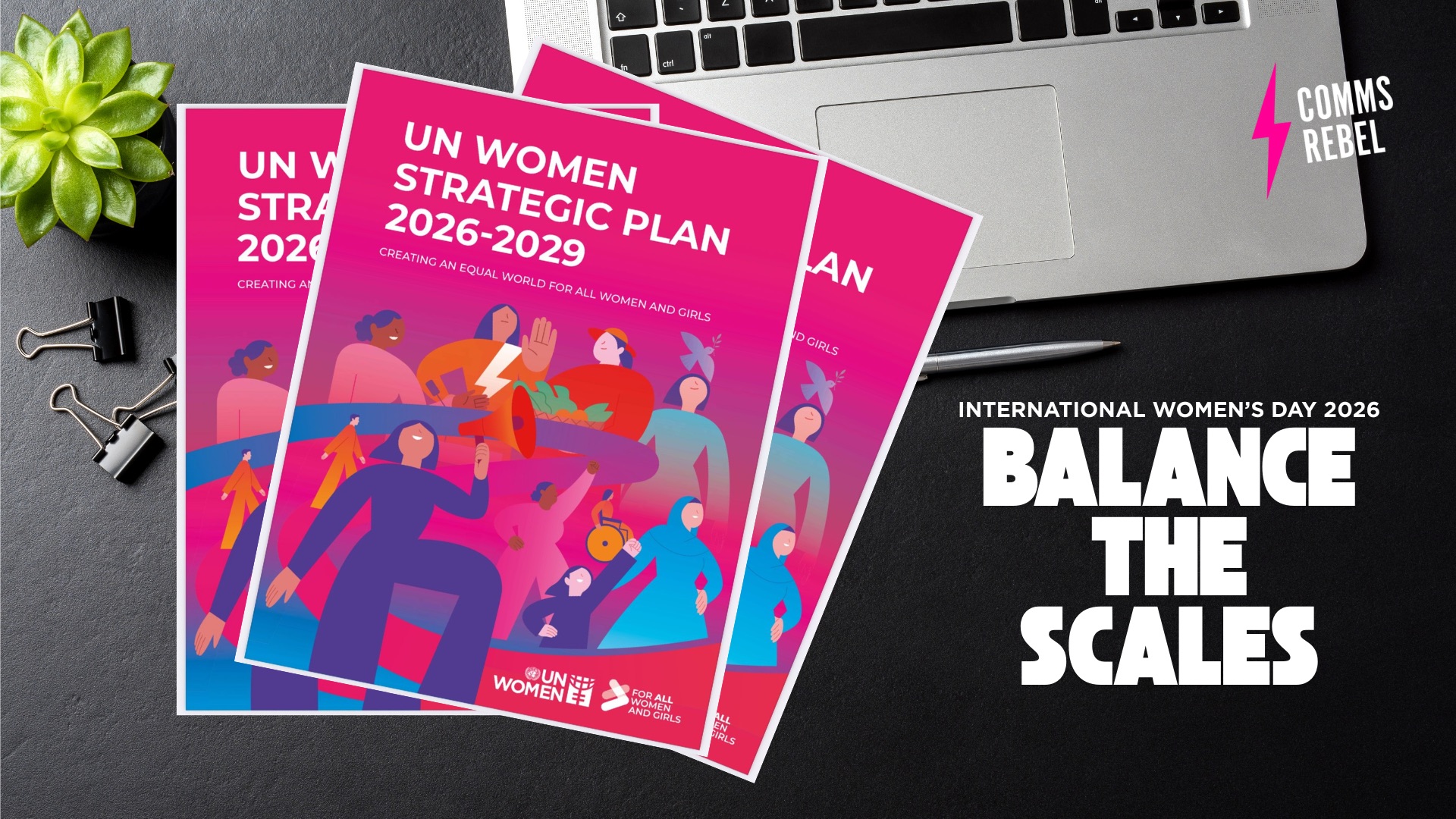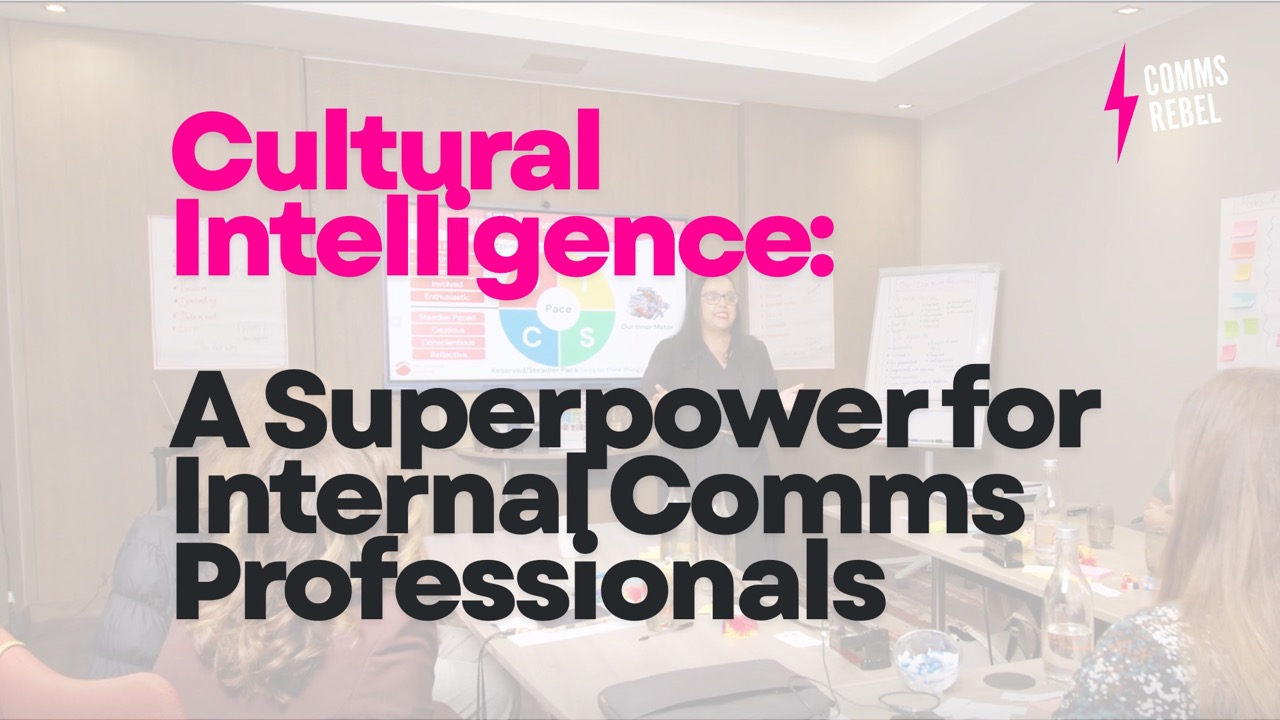Do you want to influence some of your leaders but are unsure what approach to take?
Are you struggling to be heard?
Are you tired of not being seen and ignored in meetings?
To influence people, you first need to understand what they need from you. This isn’t about adjusting your personality or being inauthentic but more about gaining better buy-in.
It’s not easy, and it takes practice.
The first step is to understand your communication preferences. How do you like to communicate? What are your strengths? Where do you need further development? When you know this, you’ll be able to make better decisions about how to approach conversations in your workplace.
(NB: If you want to explore your communication preferences further, I’m offering one-off sessions! Get in touch for more info: hello@commsrebel.com)
Here’s a brief overview of the DISC methodology that will set you up for success👇🏽
Direct
🟥If your executive is direct, dominant, and task-focused, be bold, be brief, and be gone—it will serve you well. Tailor your communication to align with their goals and priorities. Expect probing questions and be ready to provide clear, concise answers.
Influencer
🟨 If your executive thinks quickly and is often optimistic and enthusiastic, it’s important to consider their preference for collaboration and creativity. Use an upbeat tone, expressive language, and storytelling to convey your message. After the initial conversation, provide detailed information in writing.
Steady
🟩 If your executive is calm, patient, warm, and methodical in approaching challenges, it’s essential to consider their preferences for stability, support, and collaboration. Take the time to build rapport and show genuine interest in them as individuals.
Conscientious
🟦 If your executive is detail-oriented, analytical, and maybe a tad aloof, it’s important to consider their preference for accuracy, detail, and logical structure. Ensure your information is well-researched and accurate. Include detailed data, facts, and evidence to support your points. Don’t bother with small talk.
Knowing your executive’s communication preferences will save time and help you build rapport quickly.
And here are some practical tips to support you in meetings:
- Review the agenda in advance so you are aware of the discussion points. Make notes about your thoughts and contributions. Tip: Add a 15-minute buffer before the meeting.
- Try to contribute in the first 10 minutes of a meeting so your voice is heard, even if it is to agree a point or raise a question. This takes courage but you will feel better for it afterward.
- Rather than talk at them during your segment, try making it more conversation-based. Ask questions such as “What are your reflections?” or “Is anything missing for you?” This will boost your confidence and it will enable the conversation in the room to be more vibrant.
- Stay consistent and build strong relationships with leaders, so they get to know you better.
- You don’t need to be the loudest voice in the room, but these minor tweaks can make a massive difference to how you create impact and influence. But remember, if you have a seat around that table, use it wisely.
Let me know your top tip to build rapport with leaders.
If you want some help with your internal communication plan, employee engagement strategy, change programmes or DEI initiatives, get in touch. We’d love to help you!


